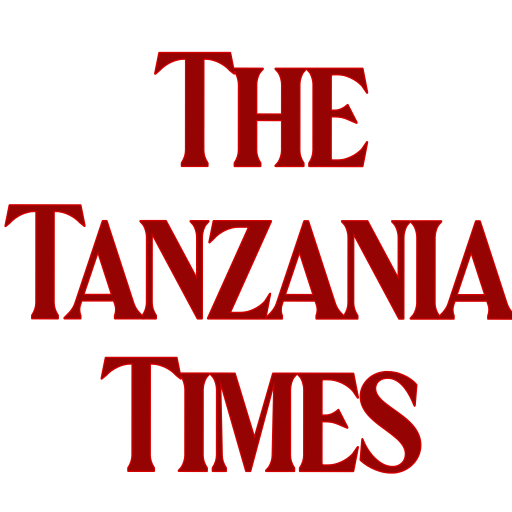Tanzania plans to boost the country’s rice production volume to over 4.4 million tons by 2030.
That should be double the current yields standing at 2.2 million tons per year.
Tanzania tops the bill as far as rice production volume in East Africa is concerned.
The country also ranks at number 4 when it comes to leading rice producers in Africa, where Nigeria leads the pack followed by Madagascar and Ivory Coast.
This is according to the latest updates, previously the country was Number 5 in Africa
During the fiscal year which ended in 2020 the country produced an average of 2.2 million tons and this figure remains as reference, but the ministry of agriculture targets to double or even triple the volume within the next decade.
Nearly 240,000 local small-holder farmers are involved in rice production in Tanzania, a sector which is mostly dependent on seasonal rains.
More than 71 percent of paddy farms are rain-fed but since the precipitations are no longer reliable, the sector is facing serious threats.
In response to that the Tanzania Agricultural Research Institute (TARI), through its Dakawa Center of Morogoro has conducted a special training on Mutation and Breeding (MB), targeting to boost rice breeding programs in Tanzania.
At least 36 researchers and interns from TARI in Tanzania Mainland, as well as from the Zanzibar Agricultural Research Institute (ZARI) in the Isles attended the training sessions.
The training was organized by Tanzania Agricultural Research Institute in conjunction with Zanzibar Agricultural Research Institute.
In conducting the training sessions in the country, the two institutions are collaborating with the International Atomic Energy Agency (IAEA).
The facilitator for the training programs is the Expert Plant Breeder and Geneticist at Food and Agriculture Organization (FAO) and IAEA, Dr Abdelbagi Ghanim from Sudan.
Dr Ghanim says this particular training session was to empower the research cadre on mutation induction techniques as technologies to fast track rice breeding programs in Tanzania.
Through the program rice farmers will now be able to get improved paddy seeds that bear traits of their own preference, take shorter periods between sowing and harvesting time and eventually boost rice productivity and production in the country.
The training which opens another window of rice production, seems to be already raising new hopes among the researchers and spelling a new dawn as far as developing new rice varieties is concerned.
On his part, Dr Jerome Mgahase, TARI Manager in-charge at Dakawa Center said they were fully investing in rice production studies in order to transform the rice production sector for the better.
Dr Mgahase added that the center- which is designated for the research and promotion of rice in Tanzania continues to work in cooperation with different stakeholders to ensure the goal is realized.
“Through cooperation with partners, including the International Rice Research Institute (IRRI) we have managed to introduce to the market useful seed varieties, such as TARI RIC 1, TARI RIC2, TARI RIC3, TAXD306, KOMBOKA, SATO 1, SATO 9,” he added.
Rice is grown in three major ecosystems in Tanzania; rain fed lowland, upland, and irrigated systems. The area under rice increased from about 0.39 million hectares in 1995 to about 0.72 million hectares by 2010.
Production increased from about 0.62 million tons in 1995 to about 1.33 million tons of paddy rice in 2009 but dropped to 1.10 million tons in 2010.


